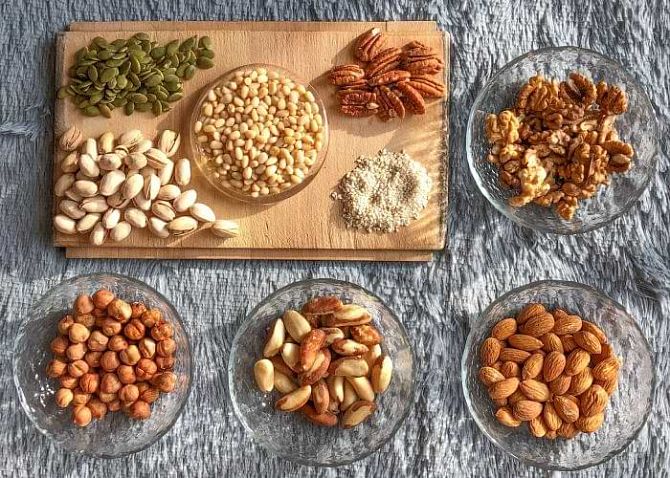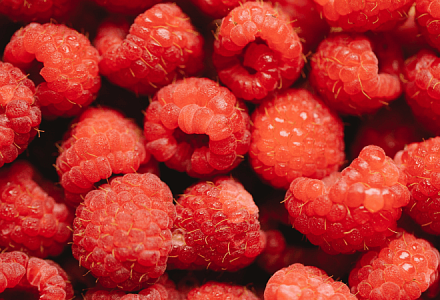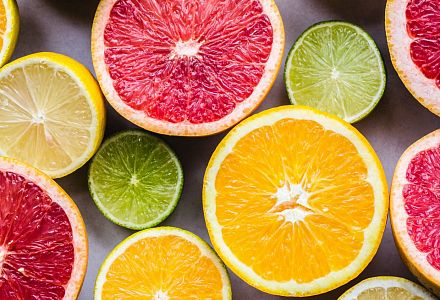
Coenzyme Q10 explained
Coenzyme Q10 (CoQ10) is naturally produced in the human body. It can be found in all your cells, and it plays a vital role in creating energy within those cells.
While our bodies produce this ingredient, the amount we produce peaks when we are teenagers and starts decreasing in our 20s. The decrease is connected to ageing but also stress and certain external factors, such as pollution and UVA exposure.
The reason why this particular coenzyme gained its fame is primarily due to its proven antioxidant properties. When applied to your skin, it acts as a protective barrier against various factors which contribute to ageing, and this is why it is used in so many creams and other cosmetic products.
What's interesting about CoQ10 is that it works well with many other popular ingredients, including Aloe vera, vitamin C, vitamin B3, hyaluronic acid, and CBD, making it an easy addition to any beauty routine.
When it comes to CoQ10, its anti-ageing properties are not all this coenzyme has to offer. Early research on potential benefits of CoQ10 oral supplementation show that it might be able to support a healthy heart and blood pressure, as well as help with headaches - something topical application can not do.
The supplements are also necessary for people who suffer from Q10 deficiency, which often manifests itself through general fatigue, muscle stiffness and contractions, and poor muscle tone.

CBD & Coenzyme Q10
If you are currently using cosmetics or supplements with hemp or CBD, we have good news - it looks like you can safely use them together with CoQ10.
Early research suggests that CBD, just like CoQ10, has antioxidative properties. These properties matter not only for maintaining a firm and young-looking skin but also for the health of our bodies.
The free radicals we talked about before are also troublemakers inside our bodies. Therefore, antioxidant supplements may be a great tool to help prevent free radicals from causing damage and, as a result, improve well-being.

History of Coenzyme Q10
The discovery of Coenzyme Q10 (Ubiquinone) happened in 1957 by Frederik L. Cran. A few years later, another scientist called Peter Mitchell discovered that CoQ10 produces energy on a cellular level. The discovery was groundbreaking enough to win him a Nobel Prize for chemistry.
Even though today CoQ10 is known mainly for its beautifying and anti-ageing properties, it didn't enter the beauty industry until the late 90s when it was introduced as the new and hot anti-ageing ingredient.
It might be less popular now than it used to be, primarily due to new players entering the space (such as Hyaluronic Acid). But CoQ10's compatibility with many other ingredients means it is very unlikely to disappear anytime soon.

Good to know about Coenzyme Q10
You might want to know that your body can't store CoQ10. For this reason, the results of CoQ10 supplementation can only be seen after continued use – it might take as long as 6 months to notice any difference.
It is also possible to get extra CoQ10 through food. It can be found primarily in fish, meat, certain vegetables, and oils, but interestingly not so much in dairy products.
Additionally, even though CoQ10 is generally recognized as safe, people with vitiligo might want to avoid it or consult their dermatologist first.




